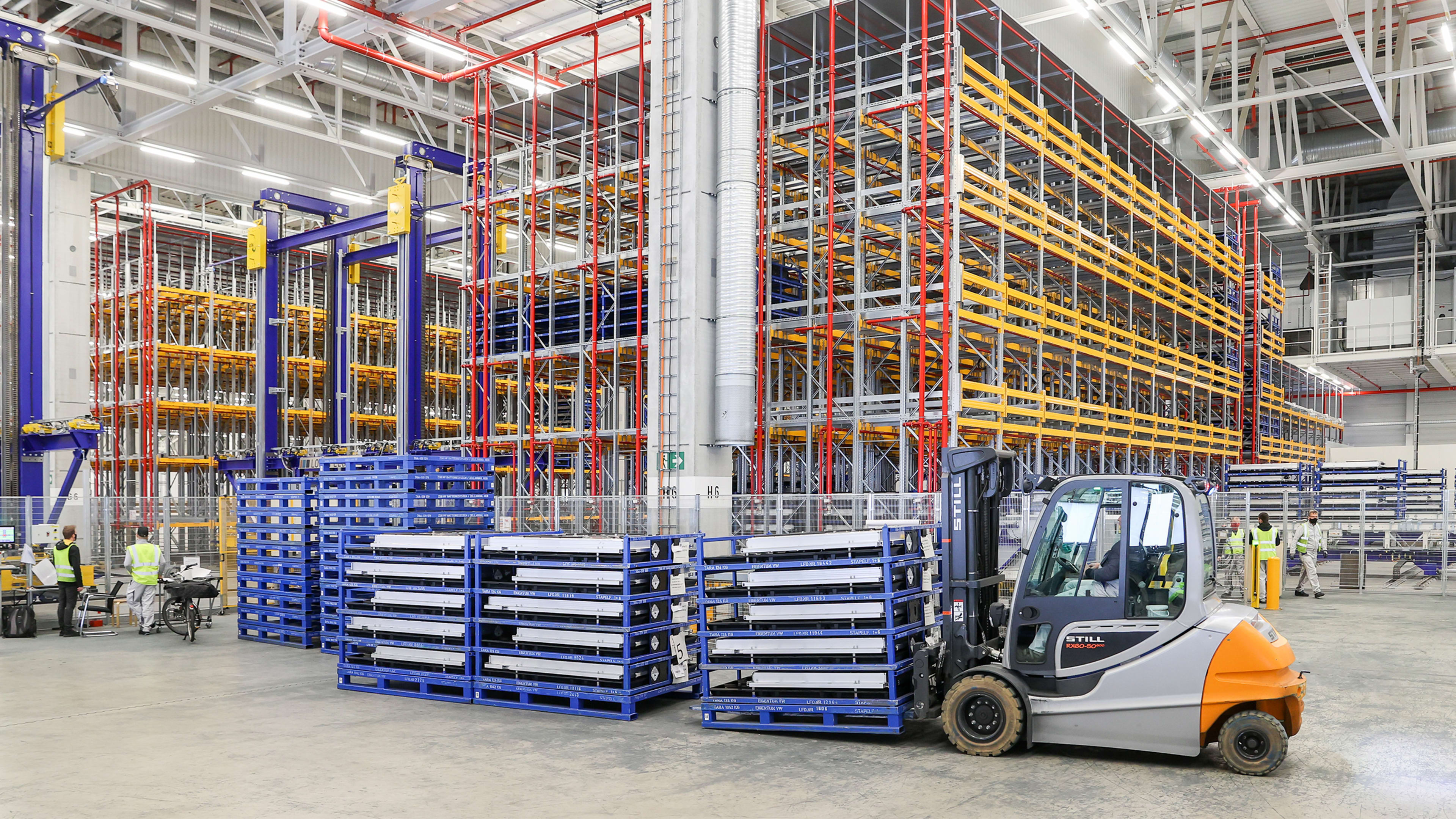A decade ago, a lithium-ion battery pack used in an electric car cost around $1,110 per kilowatt-hour. By this year, according to a new survey, the cost had fallen 89%, to $137 per kilowatt-hour. And by 2023, the cost is likely to fall far enough that car companies can make and sell mass-market electric vehicles (EVs) at the same cost as cars running on fossil fuels.
“If you look at the remarkable cost reduction over the last decade, and what’s expected over the next few years, and pair that with escalating policy measures in Europe and expected in the U.S. and China, then you have this very powerful combination of factors to underpin EV uptake, starting now,” says Logan Goldie-Scot, head of clean power at Bloomberg New Energy Finance, who did the survey. “They will continue and accelerate over the next few years.”
The report found that some batteries, made for electric buses in China, have already fallen in price to around $100 per kilowatt-hour. That’s the cost that the analysts expect the market to reach broadly by 2023 or 2024. “Within four years, major automakers should be able to produce and sell mass-market electric vehicles at the same price and with the same margin as internal combustion engine equivalents,” Goldie-Scot says.
After purchase, EVs are already cheaper to operate than traditional cars, both because they require less maintenance and because electricity is cheaper than fuel. Today, some luxury EVs are already at price parity with their luxury gas counterparts, according to Goldie-Scot, but cheaper batteries will make that true more broadly without any subsidies. New innovations in battery technology will make costs drop even further.
Cost is a critical factor in getting more consumers to choose EVs, though other changes are also necessary. One issue is simply having a bigger range of vehicles for customers to choose from, says Haresh Kamath, a senior program manager for energy storage at the nonprofit Electric Power Research Institute. “We’d love to see EV minivans, EV pickup trucks, EV subcompacts, all the way up to EV luxury vehicles, and we’re starting to see that,” he says. It’s also important that electric charging infrastructure continues to expand.
From the perspective of climate change, it’s necessary to reach the tipping point on the price of electric cars quickly, because cars stay on the road for years. In the U.S., transportation is now the largest source of emissions. “Even if 100% of vehicles sold were EVs, it would take over a decade to replace all the cars on the road, or even 50% of the cars on the road,” Kamath says. “So this is a long haul and a gradual evolution at the same time.”
Recognize your brand’s excellence by applying to this year’s Brands That Matter Awards before the early-rate deadline, May 3.
